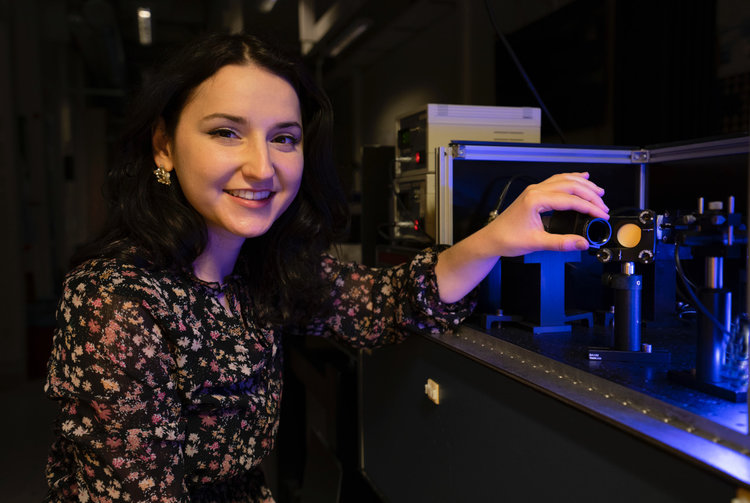Researchers at Brookhaven National Lab demonstrated how to implement a quantum algorithm for thermo field dynamics for finite temperature on a simple system involving a few particles and found perfect agreement with the classical computation.
That involved Boltzmann’s factor which helps model temperature effects that can be used to predict and control atomic behavior and physical properties. That works great on classical computers. However, on a quantum computer, the quantum logic gates used in the computation are represented by complex numbers, as opposed to Boltzmann’s factor, which by definition, is real.
This issue offered an interesting problem to tackle using a quantum computing testbed using IBM’s commercial quantum systems, including 20- and 53-qubit systems for experiments.
The team demonstrated how to implement the quantum algorithm for thermo field dynamics for finite temperature on a simple system involving a few particles and found perfect agreement with the classical computation.
The researchers used also the Qiskit package and access to IBM Q hardware, and employed a mix of classical computational methods and VQE to run varied experiments, including one that examined systems with gravity coupled to a boson field called an inflaton, a hypothetical particle that plays an important role in modern cosmology. Their work showed the hybrid VQE yielded wavefunctions consistent with the Wheeler-Dewitt equation, which mathematically combines quantum mechanics with Albert Einstein’s theory of relativity.



